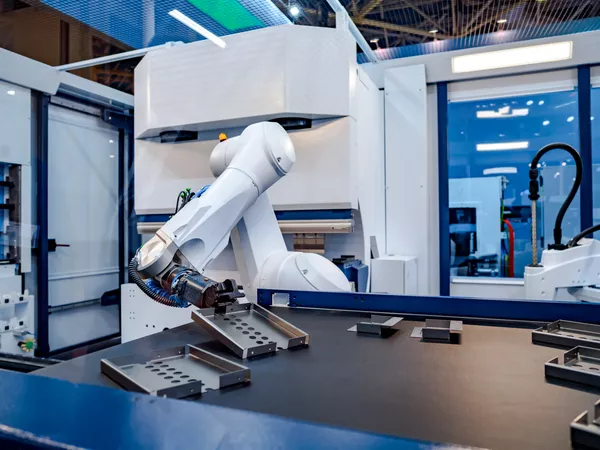EDITORIAL
Published on 25 May 2022
Editorial: Getting Neuroprosthetics Out of the Lab: Improving the Human-Machine Interactions to Restore Sensory-Motor Functions
doi 10.3389/frobt.2022.928383
- 4,347 views
- 1 citation
7,549
Total downloads
43k
Total views and downloads
EDITORIAL
Published on 25 May 2022
ORIGINAL RESEARCH
Published on 28 Apr 2022
ORIGINAL RESEARCH
Published on 14 Apr 2022
ORIGINAL RESEARCH
Published on 12 Apr 2022
POLICY AND PRACTICE REVIEWS
Published on 29 Sep 2021
MINI REVIEW
Published on 02 Jul 2021
